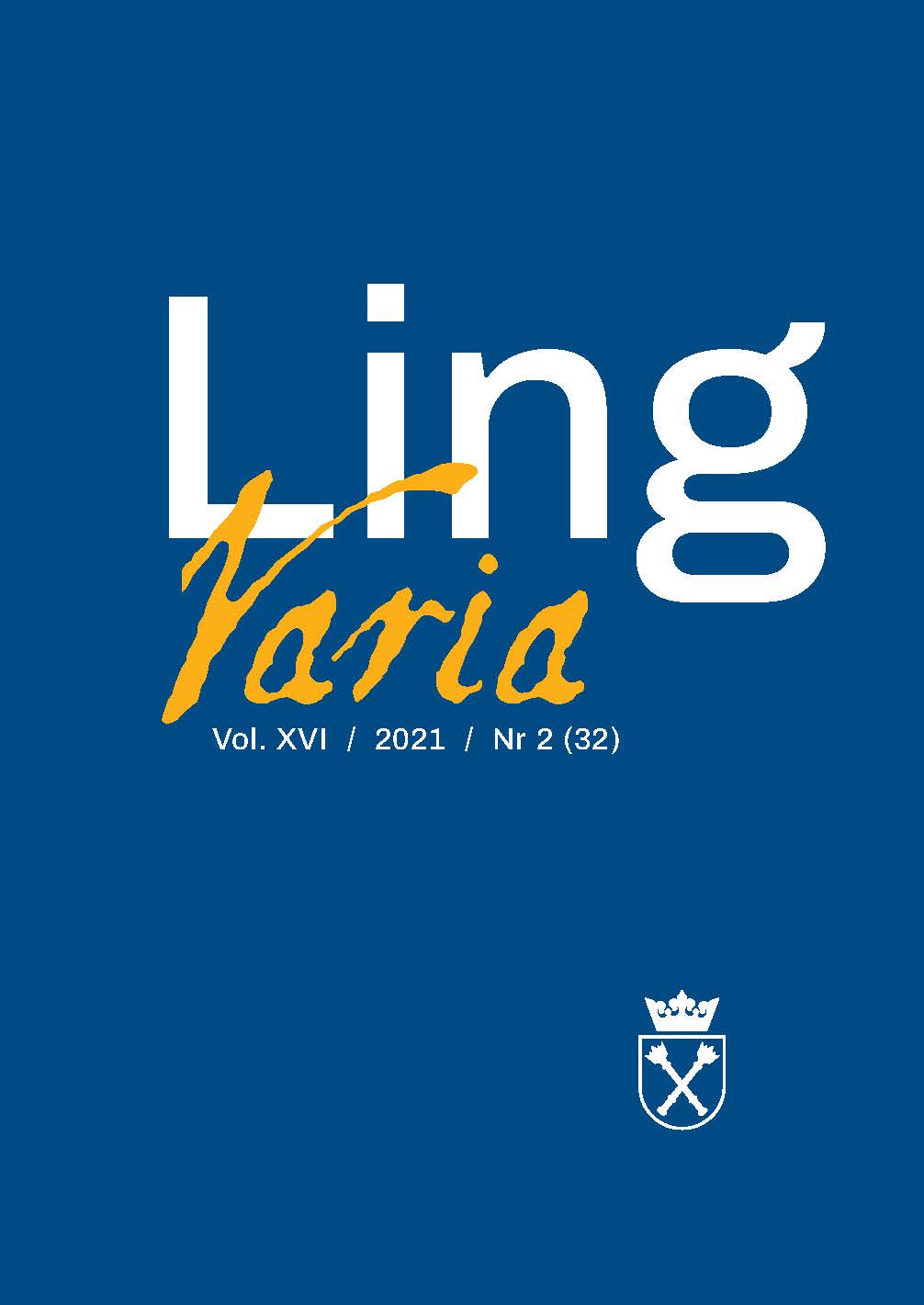Author(s): Tatiana Kosmeda,Olena Kovalevsʹka / Language(s): Ukrainian
Issue: 55/2020
This article presents a critical analysis of the bilingual publication entitled A Lexicon of Polish and Ukrainian Active Phraseology (Leksykon aktywnej frazeologii polskiej i ukraińskiej / Leksykon pol′s′koï ta ukraïns′koï aktyvnoï frazeolohiï), compiled by Roman Tymoshuk, Wojciech Sosnowski, Maciej Jaskot and Yurii Ganoshenko. In the history of Ukrainian-Polish and Polish-Ukrainian phraseography of the twenty-first century, this is the second attempt at creating a bilingual phraseological dictionary, following the publication of A Concise Ukrainian-Polish Dictionary of Set Expressions: Lexical Equivalents, Phraseologisms, Proverbs and Sayings (Korotkyĭ ukraïns′ko-pol′s′kyĭ slovnyk ustalenykh vyraziv: Ekvivalenty slova, frazeolohizmy, prysliv′ia ta prykazky, Poznań and Kharkiv, 2017), compiled by Tetiana Kosmeda, Olena Homeniuk and Tetiana Osipova.
The distinctive feature of the reviewed dictionary is that it contains phraseologisms which are most widely used in everyday speech. The compilers developed an original conception: (1) Polish-Ukrainian and Ukrainian-Polish parts differ in content, as they were compiled independently, yet most popular phraseologisms are included in both parts; (2) the most representative set expressions in active use in both languages were selected on the basis of questionnaires and mass media material; (3) entries include illustrative material; (4) it has an optimal size – about 1,000 phraseological units.
On the other hand, the dictionary also has some drawbacks, such as: (1) it lacks key criteria for determining the status of the notion “active” phraseology; (2) it does not include slang phraseologisms which do not belong to literary language; (3) the meanings of phraseological units are described by means of simple syntactic structures which lack consistent criteria of clarity and comprehensibility of interpretation, and the dictionary does not cover all semantic potential and pragmatic information of the listed units; (4) excessively categorical interpretation of the notion zero equivalence; (5) not all entries contain stylistic labels, and those used are only of three types: slang, colloquial, vulgar; the label przyslowie/приказка (proverb) seems incorrect, as the compilers do not provide criteria of its separate status; (6) metalanguage of the dictionary is marked with some violations of orthographic and stylistic norms. Nevertheless, the dictionary has undoubtedly enriched the theory of phraseography, phraseographic practice and found its users.
More...












